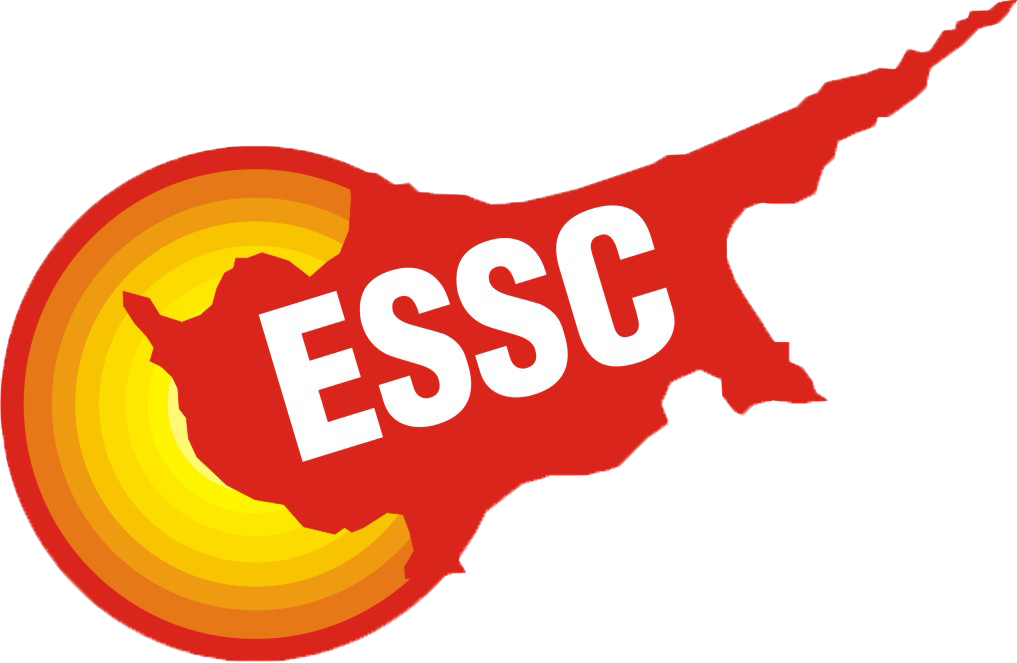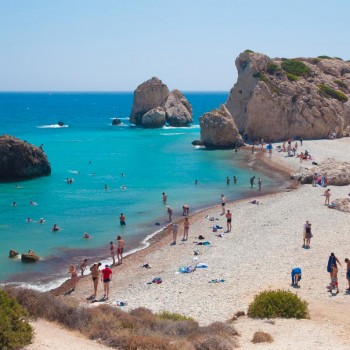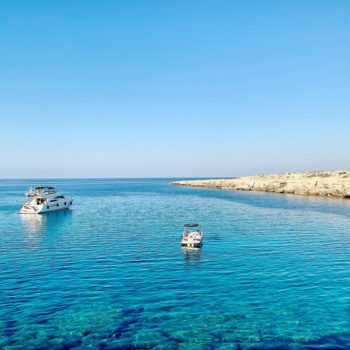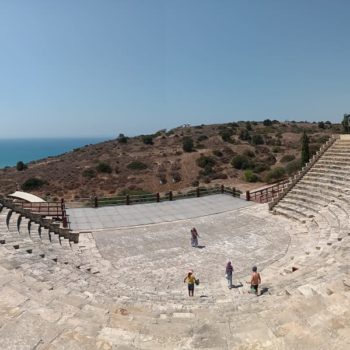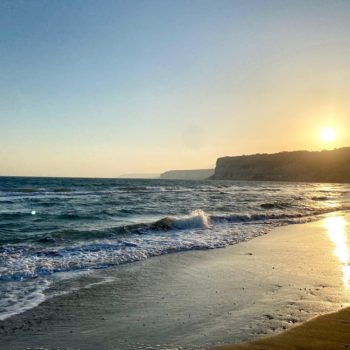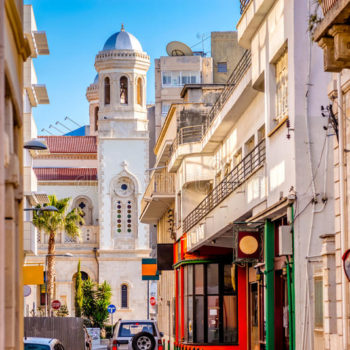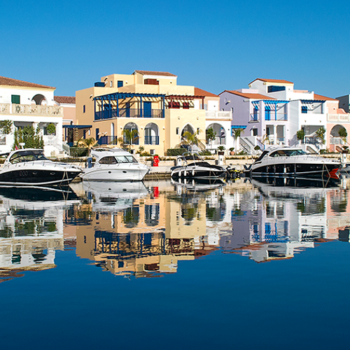Why Cyprus?
Cyprus is the third largest island in the Mediterranean Sea, after Sicily and Sardinia. Wherever you go on the island you can find traces of British heritage, modern British life, as well as fascinating ancient Greek culture that preceded centuries of world civilizations such as byzantine, Venetian and Ottomon empires.
Today, Cyprus is a top tourist and business destination with thriving cities like Limassol and Nicosia, becoming multicultural centers renowned for their quality of life and hospitality.
Staying on the island can be an unforgettable experience, full of attractions and possibilities for new friendships. The clear blue sky, long sea road with palm trees, sandy beaches, beautiful resorts along the coast, prominent mountains, delicious cuisine and rich ancient monuments – what else can one expect from such a great holiday destination?
- LOCATION – in the eastern Mediterranean Sea and is easily accessible from Europe, Asia and Africa. Two airports serve over 50 cities worldwide with direct connections.
- CLIMATE – warm, sunny climate all year round and so it is the ideal place for students to study and have fun.
- ENGLISH – former British colony, English is spoken everywhere and it is the most spoken language on the island after the native Greek.
- TOURISM – has been Cyprus’ biggest industry since the 1980’s, all signs are in English and in all shops, cafés, restaurants and other establishments, it is the language of communication
- CULTURE AND HISTORY– Cyprus has a rich and varied history. Through the centuries, settlers have left their imprint on the island – castles, mosaics and Roman theatres are a few of the interesting sites to visit.
- SEA AND BEACHES – The beaches of Cyprus are nearly all sandy and the water is clear and warm throughout most of the year. Cyprus has the cleanest sea water in Europe.
- ACTIVITIES – There are a wide variety of activities to enjoy. Not only is Cyprus THE place for water and beach sports but it also has a wide range of fun experiences for the visitor – cultural and historical excursions, waterpark, mini cruises, festivals. There is something to suit all ages and tastes!
- SAFETY – In a recent global poll, Cyprus came first for safety in the category for small countries and fifth overall! It’s a very safe place during the day and night.
- HOSPITALITY – Cypriot people are renowned for their “filoxenia” – their hospitality – and this is why visitors coming to Cyprus always feel welcome and have an unforgettable stay.
- SERENITY – For those fortunate to have discovered Cyprus, they will tell you that the island has a sense of peace and calmness all around. People are welcoming, and the pace of life is healthy and more balanced than most other countries. There is an expression “Siga Siga” meaning “slowly, slowly.”
Limassol
Limassol is the second biggest town of Cyprus with a population of nearly 235,000. It has become one of the most important tourism, trade and service-providing centres on the island. A wide spectrum of activities and a number of museums and archaeological sites are available to the interested visitor. As a shopping centre, Limassol offers the full range from modern to traditional.
- Limassol is the fun-loving town of Cyprus. All year round there are events and festivals to suit all tastes and you can book your visit to coincide with your favourite!
- International Documentary Festival (August)
- Wine festival (Mid September)
- Carnival (February/March)
- Flower festival (May)
- Shakespearean Nights (June)
- Foreign Film Festivals
People come to Limassol to enjoy its beaches and its relaxed lifestyle. The modern, recently-constructed marina, with its restaurants and bars, is a popular destination for tourists and locals alike. The old town has a castle surrounded by a pedestrianised area and nearby a variety of local and international shops sell all kinds of products. The seafront promenade and the newly re-developed Molos area are popular places for an evening stroll in the cool of the evening. The nightlife has something for all ages and tastes – from discos and clubs, to local tavernas and coffee shops.
Distance from the airports (about 45 minutes by car)
- Larnaca – Limassol 65 km
- Paphos – Limassol 70 km
Climate
- The climate of Cyprus makes the island one of the healthiest places in the world. A long dry summer and a mild winter creates an atmosphere approaching paradise, as you can enjoy the bright sunshine and swim in the sea the whole year round. Cyprus enjoys more sunshine than any other Mediterranean resort – typically 340 days of sunshine a year. From May to October, you can count on the sun to shine all day long!
Culture and history
- Cyprus is an island with a long history and a culture rich in variety. It is situated at the crossroads between Europe and the East and has been invaded from all the surrounding regions throughout the centuries. These settlers all left their imprint on the island – leaving behind them, castles, temples, shrines and remains which the modern day visitor can still experience. Richard the Lionheart stopped over on the island and married Princess Berengaria at Limassol Castle. The area is one of the main places for locals and tourists alike to enjoy a cool drink or a delicious meal in the shadow of the great building.
- Prehistoric settlement: Visit Choirokitia, just of the Limassol-Nicosia motorway. Here you can see the ruins of circular houses on the sides of a steep hill.
- Roman villas: at Curium and around the Paphos district. See the remains of the beautiful mosaic floors of the Roman villas. Tombs of the Kings – carved out of the rock.
- Ancient Theatres – ancient sites at Curium and Paphos where performances are still held during the summer months
- Churches with Byzantine art – Kykkos monastery is a popular destination, along with 12 other UNESCO Mountain villages
- Museums – in all towns with ancient and modern artifacts, depicting life centuries ago with Oil and wine making artisanry.
More information about Cyprus and places to see, you will find at the website of Visit Cyprus
